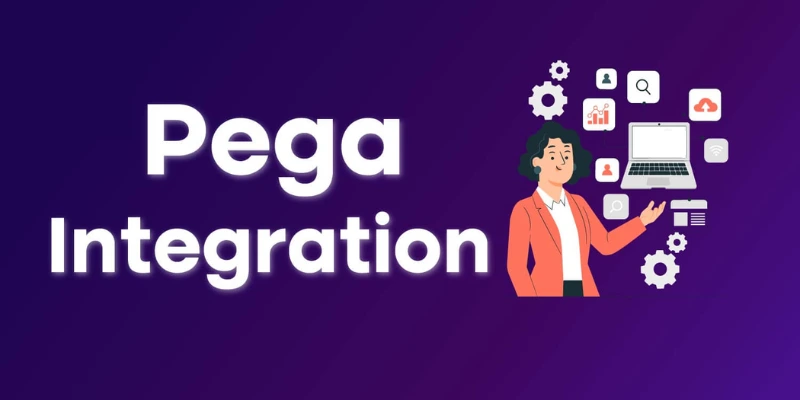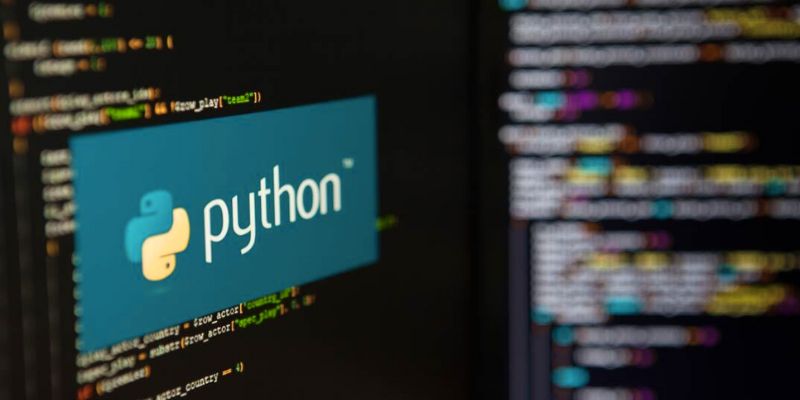Network troubleshooting is one of the most crucial skills for any IT professional, especially if you’re pursuing or have earned your CCNA certification. Whether you’re dealing with a sluggish connection, device misconfigurations, or security breaches, knowing how to tackle these challenges efficiently can make all the difference. If you’re enrolled in a CCNA Course in Chennai, chances are you’re already getting hands-on training. But to master troubleshooting, it’s not just about memorizing commands or protocols—it’s about thinking critically and methodically. Let’s explore some key tips to sharpen your network troubleshooting skills.
1. Understand the Problem Before Acting
The first step in any troubleshooting process is understanding the issue clearly. This might seem obvious, but it’s easy to jump straight into solutions without gathering enough information. Ask yourself questions like:
- What exactly isn’t working?
- When did the issue start?
- Is the problem affecting one device, a group, or the entire network?
Listening to user reports and observing patterns can offer valuable insights.
2. Stick to the OSI Model
The OSI (Open Systems Interconnection) model is your best friend when it comes to troubleshooting. It breaks down networking into seven layers, from physical (Layer 1) to application (Layer 7). When troubleshooting, start from the bottom and work your way up:
- Layer 1 (Physical): Check cables, power sources, and physical connections.
- Layer 2 (Data Link): Look for issues like MAC address table corruption or VLAN mismatches.
- Layer 3 (Network): Verify IP addressing, routing tables, and connectivity.
Approaching the problem methodically ensures you don’t overlook basic issues. This systematic approach is something you’ll become more comfortable with as you progress through a CCNA Course in Bangalore.
3. Master Your Tools
Being proficient with troubleshooting tools is essential for any CCNA professional. Here are a few tools and commands you’ll use frequently:
- Ping and Traceroute: To test connectivity and trace the path of data packets.
- Show Commands: Commands like show ip route, show running-config, and show interfaces are invaluable for diagnosing issues.
- Packet Sniffers: Tools like Wireshark help analyze network traffic and identify anomalies.
4. Know Your Network Design
Troubleshooting becomes infinitely easier when you have a solid understanding of the network’s design and topology. Familiarize yourself with diagrams, IP addressing schemes, and device configurations. If your organization doesn’t have updated network documentation, take the initiative to create it.
When you’re enrolled in a Cyber Security Course in Chennai, you’ll learn to configure and troubleshoot various network devices. Applying these skills in real-world scenarios, especially with well-documented setups, can save you a lot of time.
Logs are treasure troves of information when troubleshooting. Devices like routers, switches, and firewalls generate logs that can help you pinpoint the issue. Here’s what to focus on:
- Look for error messages or warnings.
- Correlate timestamps to understand when the problem started.
- Check logs on multiple devices to trace the issue’s source.
Tools like Cisco’s Syslog or third-party applications make log analysis simpler. By staying on top of logs, you can even preempt potential issues before they escalate.
6. Don’t Overlook Security
While fixing connectivity issues is critical, always keep an eye on security. Network vulnerabilities can sometimes manifest as performance issues or strange device behavior. For instance:
- Unusually high traffic could indicate a DDoS attack.
- Unauthorized changes to configurations might hint at a breach.
- Devices going offline could result from malware.
If security intrigues you, pairing your CCNA training with a Cyber Security Course in Bangalore could be a game-changer. Understanding cybersecurity fundamentals alongside networking helps you troubleshoot and protect systems more effectively.
7. Test, Verify, and Document
Once you’ve implemented a solution, don’t assume the problem is fixed. Test thoroughly to ensure the issue is resolved without introducing new complications.
Afterward, document what happened:
- What caused the problem?
- What steps were taken to resolve it?
- Are there preventive measures for the future?
Good documentation not only helps you learn from the experience but also assists your team in avoiding similar issues down the line.
Troubleshooting is both an art and a science. Remember, the key is to stay calm, follow a structured approach, and never stop learning with networks becoming more complex and intertwined with security concerns, expanding your knowledge with additional training.
Keep honing your skills, stay curious, and always be ready to dive into the next troubleshooting adventure. Networks might be unpredictable, but with the right tools and mindset, you’ll always be one step ahead!
Also Check: CCNA TRAINING FOR YOUR FUTURE


